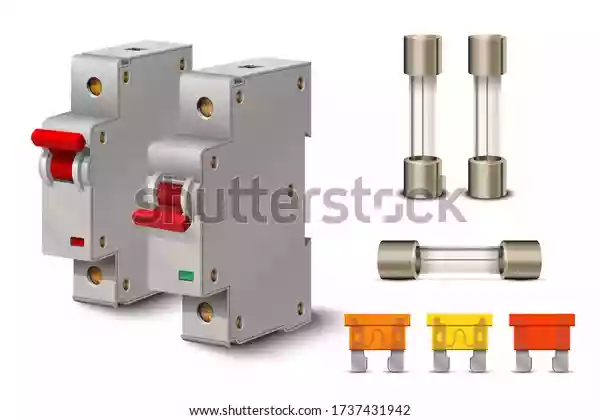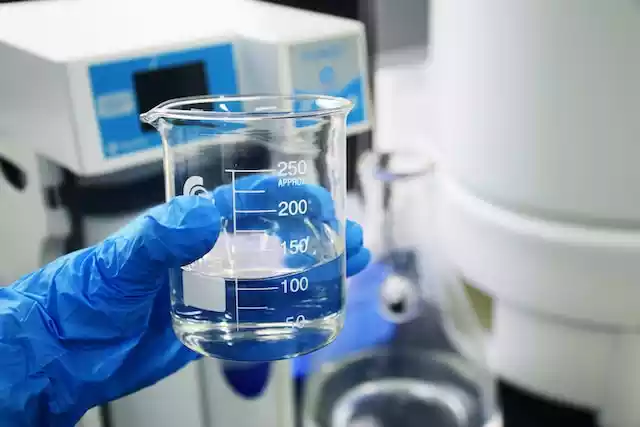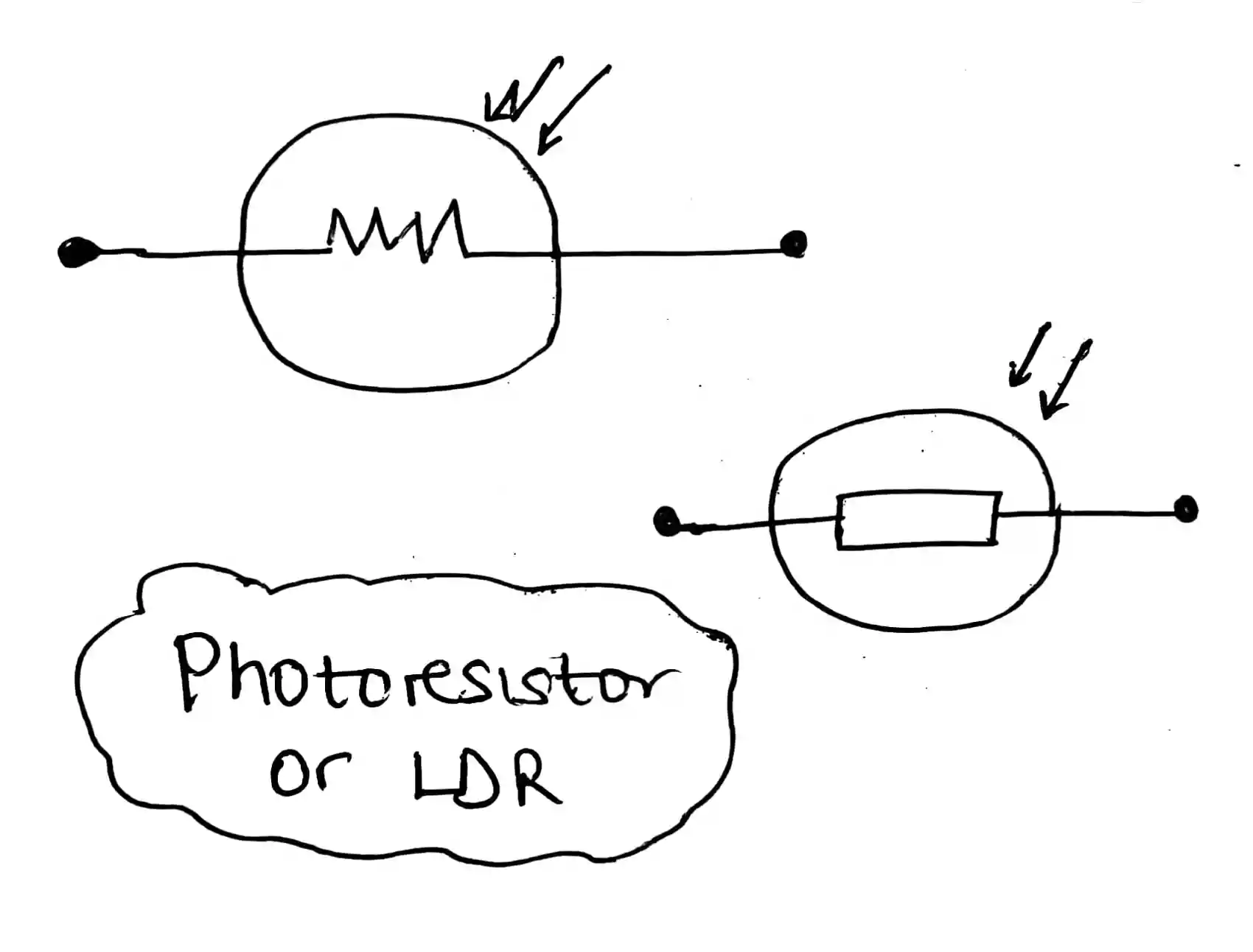5 Advantages and 5 Disadvantages of Friction
Friction is a force that occurs when two surfaces come into contact and interact with each other. It is a phenomenon that can be found in various aspects of our daily lives.
While friction is often seen as an obstacle, it also brings about certain advantages and disadvantages. Let’s look at these aspects in detail.
Table of Contents
Advantages of Friction
1. Enhanced Traction and Stability
Friction provides us with the ability to walk, run, and maintain balance. When our feet make contact with the ground, the friction between our shoes and the surface prevents us from slipping.
This is especially crucial in scenarios where stability and traction are essential, such as climbing mountains, playing sports, or walking on slippery surfaces.
2. Generation of Heat and Fire
Friction generates heat when two surfaces rub against each other. This property is harnessed in various applications, such as starting a fire by rubbing two sticks together.
In addition, friction is utilized in the design of brakes in vehicles, where the kinetic energy is converted into heat energy to slow down or stop the vehicle.
3. Ability to Control Motion
Friction enables us to control the motion of objects. For instance, car tires rely on the friction between the rubber and the road to provide traction and allow the driver to steer the vehicle accurately.
Similarly, the use of brakes in machinery and vehicles depends on the frictional force to regulate speed and bring objects to a halt.
4. Important in Sports and Recreational Activities
Friction is crucial in various sports and recreational activities. It allows athletes to grip the ground, enabling quick direction changes, stops, and starts.
For example, soccer players rely on the friction between their cleats and the field to maneuver effectively.
Friction also plays a role in activities like rock climbing, skiing, and skateboarding, where traction and control are vital.
5. Essential in Braking Systems
Friction is indispensable in braking systems, whether it’s in vehicles, bicycles, or industrial machinery.
The frictional force between the brake pads and the rotating object, such as a wheel or a disc, converts kinetic energy into heat, effectively slowing down or stopping the motion.
This critical application ensures safety and control in transportation and other industries.
Disadvantages of Friction
1. Wear and Tear of Surfaces
One of the primary disadvantages of friction is the wear and tear it causes on surfaces in contact.
When two objects rub against each other, the frictional force can lead to erosion, degradation, and damage to the materials involved.
This is evident in scenarios such as the wearing out of car tires, the grinding of gears, or the erosion of rocks due to the flow of water.
2. Energy Loss
Friction results in the loss of energy as it converts kinetic energy into heat energy. This energy loss can be problematic, especially in systems where efficiency is crucial.
For example, in mechanical engines, a significant amount of energy is lost due to friction, leading to reduced overall efficiency and increased fuel consumption.
3. Resistance to Motion
Friction acts as a resistance force that opposes the motion of objects. While this can be advantageous in certain scenarios, such as preventing sliding on inclined surfaces, it can also hinder movement when unwanted.
Increased friction can make it challenging to move heavy objects or create resistance against the flow of fluids in pipes, reducing efficiency and requiring additional force to overcome.
4. Increased Effort and Wear on Machinery
Friction imposes additional effort on machinery and moving parts, leading to increased wear and tear.
The constant rubbing and contact between components can result in frictional heat and the need for lubrication to reduce the detrimental effects. Over time, this can lead to maintenance issues, breakdowns, and increased costs.
5. Limitations in Mechanical Efficiency
Friction poses limitations on the mechanical efficiency of systems. For instance, in vehicles, friction in the engine, transmission, and other moving parts can cause heat buildup, leading to reduced efficiency and performance.
This limitation necessitates the development of technologies and lubricants to minimize friction and maximize mechanical efficiency.
Wrap Up
Friction is a force that presents both advantages and disadvantages in various aspects of our lives.
While it provides enhanced traction, control over motion, and important applications in sports and braking systems, it also causes wear and tear, energy loss, resistance to motion, increased effort on machinery, and limitations in mechanical efficiency.
FAQs
Can friction be entirely eliminated? No, friction cannot be entirely eliminated. It is an inherent force that occurs when two surfaces come into contact.
Is friction always a disadvantage? No, friction is not always a disadvantage. It depends on the context and the desired outcome. In certain situations, friction can be advantageous, providing stability, control, and essential applications.
How can we reduce friction in machinery? Friction in machinery can be reduced by incorporating lubricants, using materials with lower friction coefficients, and implementing appropriate maintenance practices.
Does friction have any benefits in everyday life? Yes, friction has several benefits in everyday life. It allows us to walk, run, control the motion of objects, participate in sports, and ensure safety in braking systems.
Can friction be harmful? Friction can be harmful in certain cases where excessive wear, energy loss, or resistance to motion create undesirable effects. However, with proper understanding and management, its negative impacts can be minimized.





